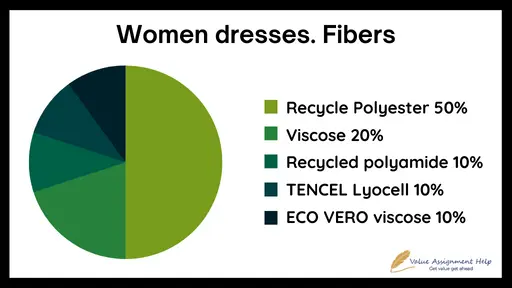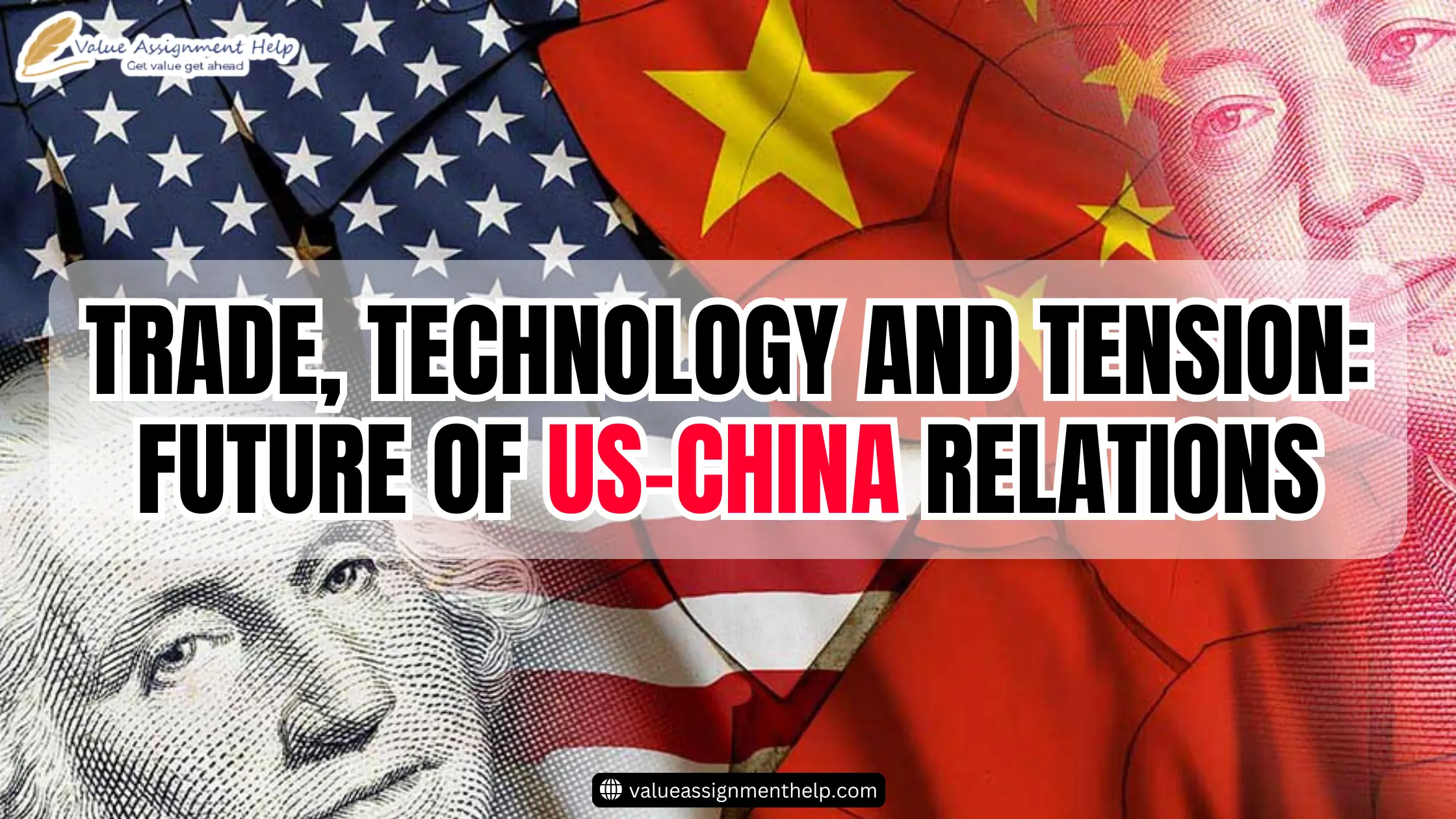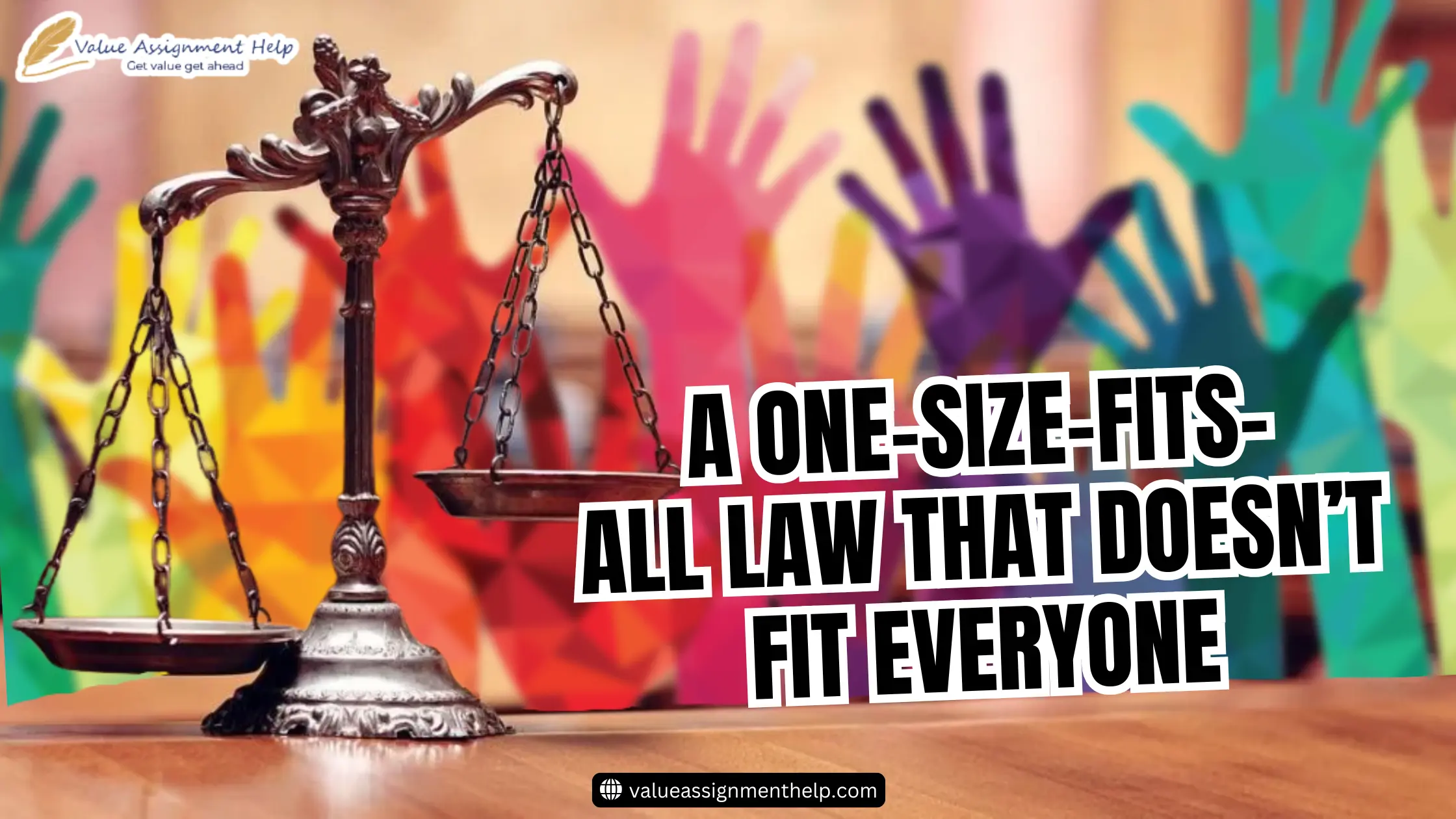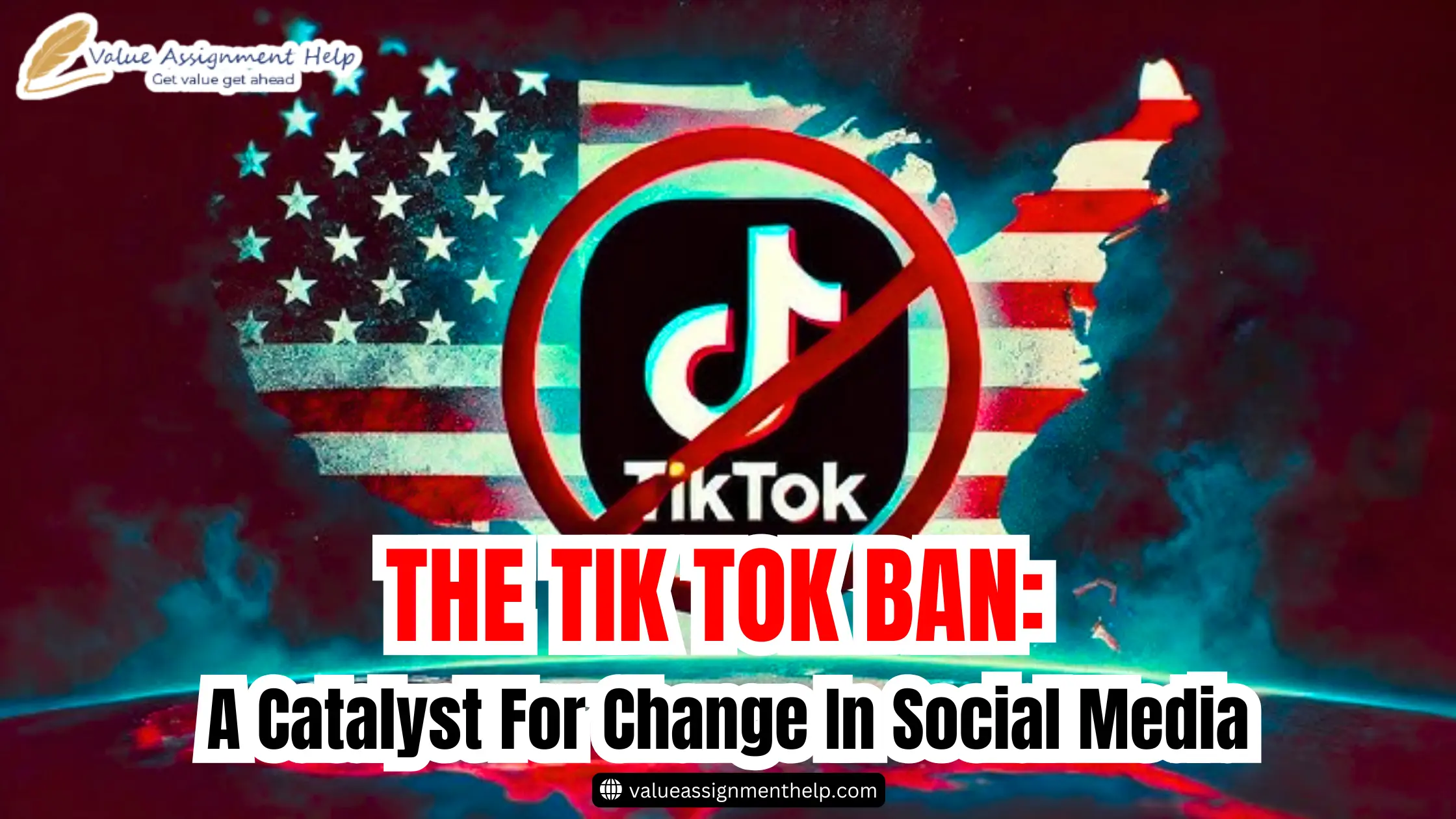
Search Assignments
Table of Contents
Our Experts

Search Assignments

Customers Reviews
We hear news about environmental crises and climate change all the time. With the world population crossing 8 billion mark now, the catastrophe we face is self-explanatory. Yet, the media repeatedly pins the blame on government agencies and fuel industries for the turmoil. To make matters worse, the government, too, is glued to optimizing natural resource usage and green energy to combat climate change. We understand that the fuel industry is a big problem and contributes to roughly 70% of carbon emissions, but what about the remaining 30%? Amidst the commotion, comparatively smaller problems go unnoticed, and so is the case here. We are so determined to eliminate 70% of the problem that we overlook the remaining 30%. However, eradicating the issue without targeting its every cause is only fixing Band-Aids on a bullet wound. We are on the right track to address the bigger chunk first, but it is about time we pin our attention to finer details.
According to an article published in sustainably chic, the Fast-Fashion industry is the root cause of about 10% of Global carbon emissions. So we are penning down this article to address that very 10%.
Speedy improvements in electric vehicles and carbon neutrality have given everyone hope. But amidst all the commotion, we are turning a blind eye to another major contributor to the issue- “The fast fashion industry.”

The fast-paced expansion and evolution of the film and social media industry has impacted the apparel industry too. With rapidly changing trends and beauty standards, youngsters feel compiled to keep up with the trends, which fuels the fast-fashion industry. Fast fashion brands are defined by the tremendous amount of clothes they produce over a year, which also vary seasonally. From the name, it is self-explanatory that fast fashion produces affordable. Yet, fast-moving garments are abundant, but here is the catch- these items are mass-produced only once, meaning any specific design is never repeated as it goes out of style.
Explicitly speaking, the largest fast-fashion chain in the world is “Zara” (Parent company- INDITEX) which has an annual revenue of 29.89 Billion USD, followed by “Uniqlo” and “H&M” collecting annual revenue of more than 20 Billion each.
To pen down to finer details, Let's follow the Spanish Fast Fashion brand- “ZARA” and uncover the underlying truth of the fashion industry.
Owned by Parent company INDITEX, Zara is a Spanish brand founded in 1975 by “Amancio Ortega” and “Rosalia Mera” in Spain. Multinational retail company began expansion in Portugal, where it inaugurated its first cross-country shop in 1985. Followed by the success, ZARA expanded quickly in the United States and France in 1990. The business boomed, and soon the brand was all over Mexico, Sweden and Brazil.
In the early 2000s Asian market was flourishing. As a result, many western brands, like Zara, saw it as an opportunity for expansion. Astonished by the potential, Zara opened its first boutique in Japan in 2002. Since then, the company’s success has seen no bounds.
For the financial year 2021, the brand managed to generate a whooping revenue of nearly 30 Billion Dollars outshining its competitors Uniqlo and H&M by an 8 Billion Dollar cap.
Zara is a fast fashion pioneer. The industry's customer engagement and retention model is simple yet quite attractive. “Produce in abundance but never repeat” is the Guru's Mantra. The strategy is to shrink manufacturing costs by the “mass-production” model but to urge customers to spend money- create a sense of scarcity in the market by never repeating any designs. Hence, customers are compelled to perceive an item as having great value considering its scarcity. The model is based on the “Law of Scarcity”, which is comprehensively the scheme embraced by every business.
In addition, vast marketing and celebrity endorsements have brainwashed the young generation to own trendy clothes and items, turning a blind eye to mental and environmental consequences.
With rapidly changing fashion trends and the urge to buy new clothes every season, most bought commodities remain untouched in the back of the closet. Only the selected few get donated or exported to developing countries. The remaining discarded clothes eventually end up in land fields or oceans.
All facts stated, let’s now glance at the solution approach adopted by ZARA to overcome the above-stated issues.
With the thought of rebranding as sustainable and environmentally friendly, Zara’s sustainable clothing line “Join life” was launched in 2016, which outgrew its market range to 35% than promised target of 25% for this year, along with aiding assistance in donating used garments to non-charitable organizations.
Zara Is working with “CanopyStyle” to produce its garments from naturally driven fibres such as viscose to mitigate risks of endangering rainforests.
In 2021, Zara, in collaboration with the innovative technology of LanzaTech, has also launched its limited-edition clothing collection derived from recycled carbon emissions and greenhouse gases.
Synonymous with brainwashing, Greenwashing is a marketing strategy to falsely deceive consumers into believing the products they are buying are sustainable via green marketing. Greenwashing is plastering the real cause of environmental damage without addressing the reality.
With the brand launching a new collection every other week, it is merely a smoke screen to cover the blunder. On the one hand, the brand claims to achieve 100% clothing sustainability by 2025; on the other launches 500 new designs each week, with a new collection coming every other week. How is this justified? With the existing business model, a brand can never obtain sustainability; it would further fuel the fire by producing cheap disposable goods, which are easily replaceable with new upcoming trends.
With the inability to show transparency in its production processes, the acquisitions of unfair labour contracts and other issues have also come to light. In Istanbul, Customers finding secret messages in their garments suggesting violations of labour laws made the matter worse for the Spanish fast fashion brand.
The environmental issues are more urgent than ever. Land and water contamination are causing a global climate crisis that endangers humanity's survival. Unfortunately, Zara has undertaken few steps to become sustainable, but its “JOIN LIFE” collection manifesto is just a fraction of its entire business model, making it difficult to make any significant mark. Additionally, the brand promotes fast fashion for its consumers, making it unsustainable at the very base.

The alternative to fast fashion is not only slow fashion but rather woke generation that realizes the depth of the graving issue and boycotts fast fashion altogether.
However, this is still a measly step towards achieving our carbon neutrality goal. Fast fashion brands need to remodel their structure and root for sustainable growth.
The world needs more quality-driven sustainable fashion for upcoming generations to grow with people who can help and support positive climate change.




No Comments